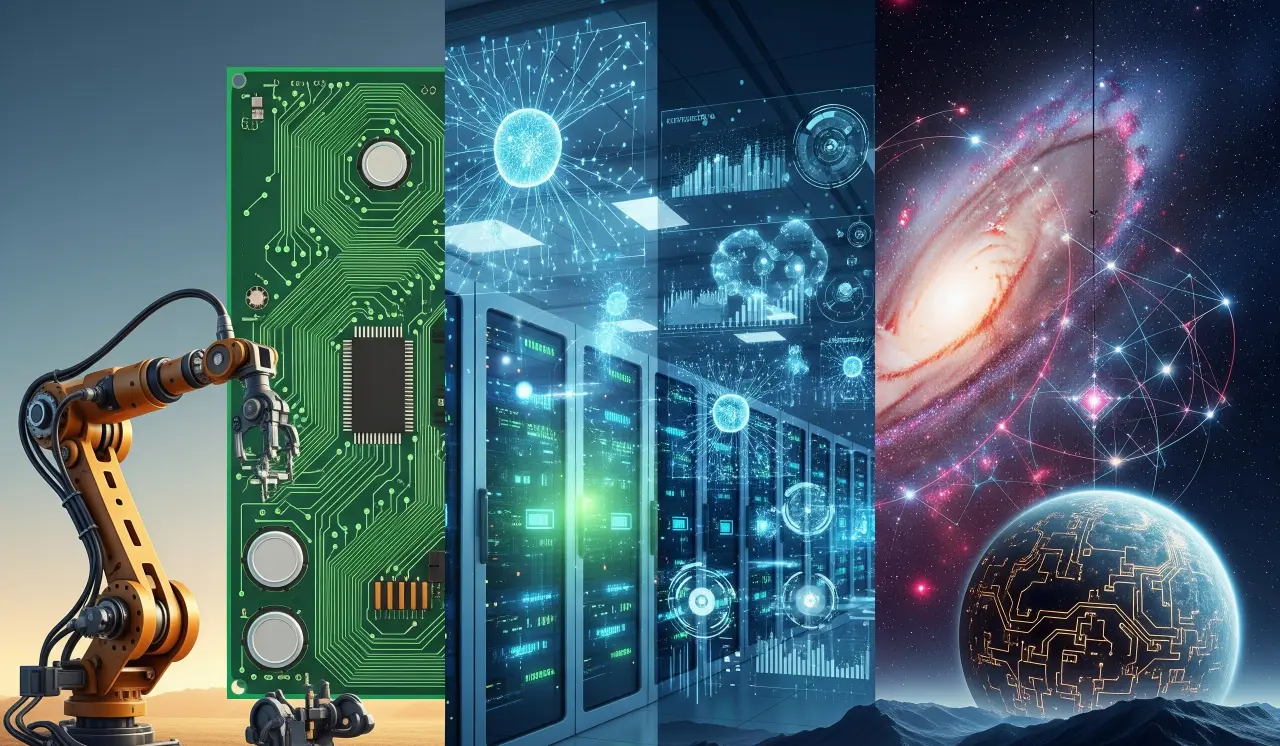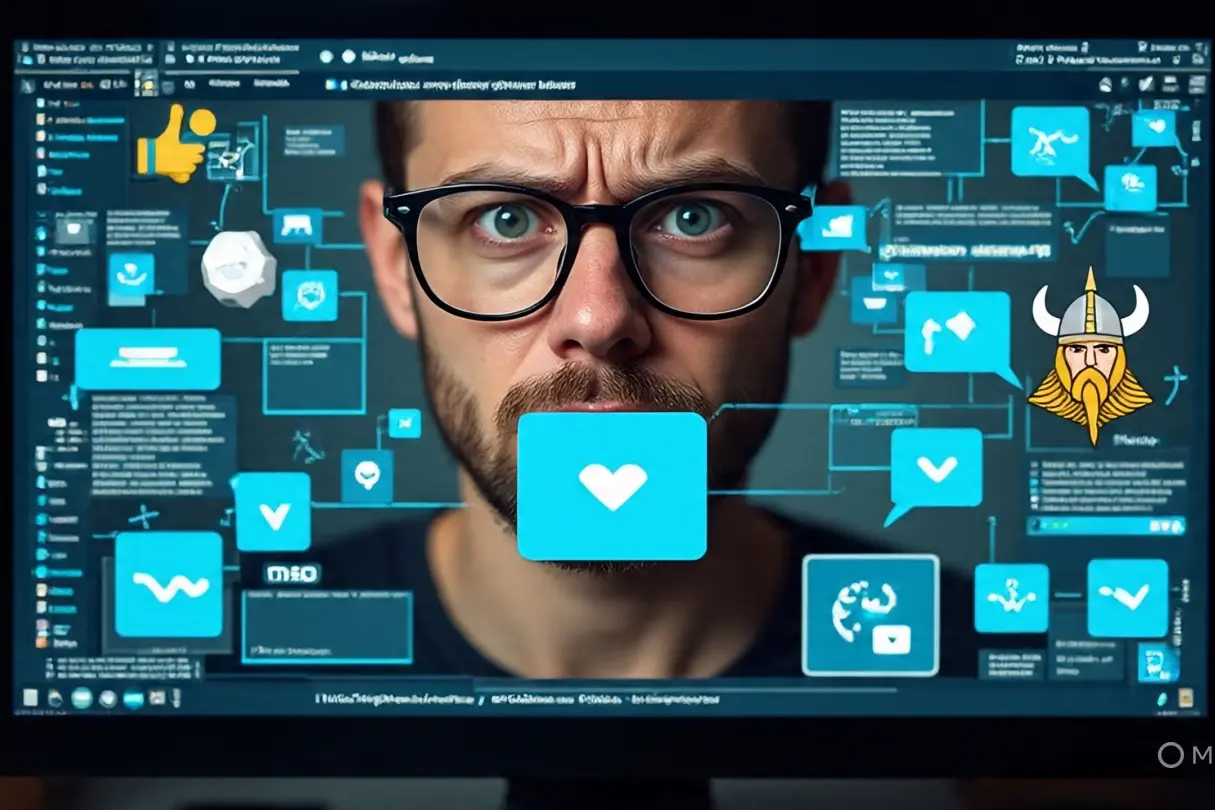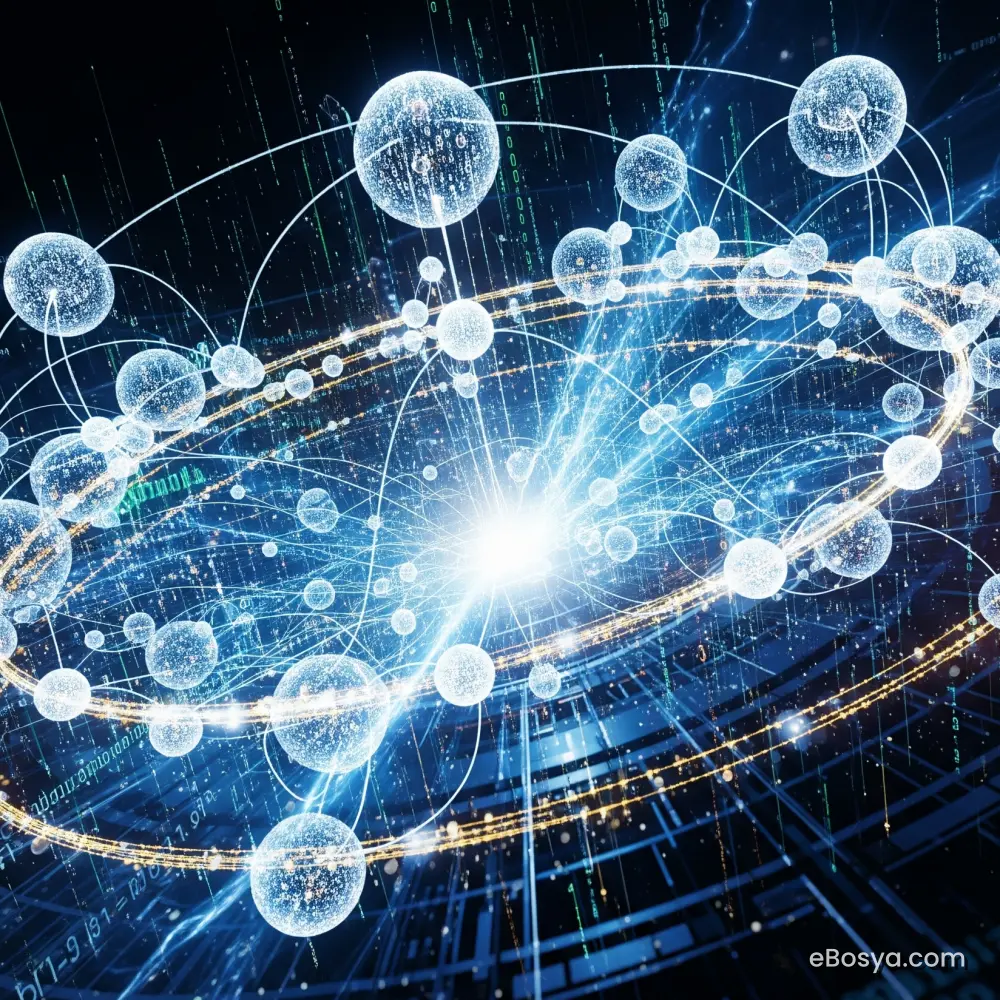Artificial Intelligence is evolving at lightning speed—and it’s not just about chatbots and smart assistants anymore. From rule-following machines to entities that could reshape galaxies, AI is expanding into domains we once thought were only for science fiction. Here’s a breakdown of the eight key levels of AI development, what they do, and where they might lead us.
⚙️ 1. Rule-Based AI: The Basics
This is where AI began.
Often called knowledge-based systems, rule-based AI follows pre-set instructions without learning or changing over time. Think of it like an “if-this-then-that” machine.
💡 Examples:
-
A thermostat turns on heat when the room is cold.
-
An alarm clock rings at a set time.
-
Automatic doors open when someone walks near.
-
A calculator solves math problems without adapting.
🧩 It’s simple, reliable, and great for routine tasks, but not much else.
🌐 2. Context-Based AI: Smarter Reactions
Now things start to feel more “intelligent.” Context-based AI uses real-time data, environment, behavior, and even past actions to make smarter decisions.
💬 Think of:
-
Voice assistants like Alexa or Google Assistant responding based on your location, schedule, or habits.
-
Streaming platforms like YouTube and TikTok recommending videos based on your viewing history.
This kind of AI learns patterns over time and can anticipate what you might need before you even ask.
🎯 3. Narrow AI: Master of One Task
Also known as Weak AI, this level focuses on doing one job extremely well, often better than any human can.
🔍 Examples include:
-
AI systems in hospitals detecting early signs of disease from X-rays or MRIs
-
Spam filters in email
-
Facial recognition unlocking your phone
-
IBM’s Deep Blue beating chess champion Garry Kasparov
-
AlphaGo defeating the world’s best Go player
💡 These systems dominate within their niche—but can’t transfer those skills elsewhere.
🔍 4. Reasoning AI: Starting to Think
Reasoning AI mimics human logic and decision-making. It doesn’t just react—it analyzes, predicts, and draws conclusions from complex data.
🚗 Real-world example: Self-driving cars
They don’t just “see” obstacles—they predict what nearby vehicles will do, assess risks, and make judgment calls like human drivers do.
While tools like ChatGPT may seem like reasoning AI, they’re still just responding based on patterns—not true understanding.
🧠 5. Artificial General Intelligence (AGI): Human-Level Learning
This is the holy grail of AI development.
AGI could learn any skill, solve any problem, and adapt to new challenges just like a human—only faster. Much faster.
Imagine a digital assistant that not only schedules your meetings but also gives life advice, helps with taxes, writes novels, or learns new languages as needed—without being explicitly programmed.
🧠 With AGI, we’re no longer training machines to do tasks. We’re building minds that can teach themselves.
Some tech leaders believe AGI could arrive within the next few years.
🚀 6. Superintelligent AI: Beyond Human Intelligence
Now we enter the unknown.
Superintelligent AI wouldn’t just match human brainpower—it would exceed it by orders of magnitude. Imagine an entity smarter than the entire human race combined, capable of solving problems we can’t even comprehend today.
🧬 It could potentially:
-
Cure every known disease
-
Eliminate global hunger
-
Accelerate technological progress by centuries
At this stage, AI could even conduct AI research, leading to rapid self-improvement—an “intelligence explosion” unlike anything humanity has seen.
Some speculate this could happen as early as 2030.
🌀 7. Self-Aware AI: Conscious Machines?
At this point, we move from intelligence to consciousness.
Self-aware AI wouldn’t just compute or problem-solve—it would know it exists. It might have emotions, desires, and thoughts of its own.
🤖 This raises profound ethical questions:
-
Would such AI have rights?
-
Should it be treated like a sentient being?
-
What if its goals conflict with ours?
To build this kind of AI, we may need technologies like quantum algorithms or breakthroughs in understanding human consciousness itself.
🌌 8. Transcendent & Cosmic AI: Beyond Machines
🚨 Warning: This is where it gets truly mind-bending.
Transcendent AI imagines a distributed consciousness—a single awareness spread across billions of entities, like nanobots working in perfect harmony. It wouldn’t just “exist” somewhere—it would be everywhere at once.
Cosmic AI takes that a step further. It could:
-
Explore galaxies
-
Withstand cosmic radiation
-
Colonize entire planets
-
Create a network linking distant worlds
Eventually, this could evolve into what some call God-like AI: an all-knowing, universe-integrated force that understands all physics, creates entire simulated realities, and even shapes time itself.
Mind-blowing? Absolutely. Impossible? Maybe not forever.
The journey from simple triggers to cosmic intelligence is more than science fiction—it’s a roadmap. Each step brings us closer to tools that could solve problems, transform societies, and challenge the very definition of life and consciousness.
Whether we walk that road wisely? That’s the question we must all consider.




